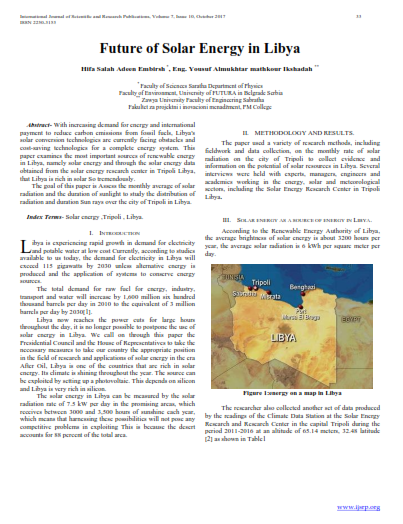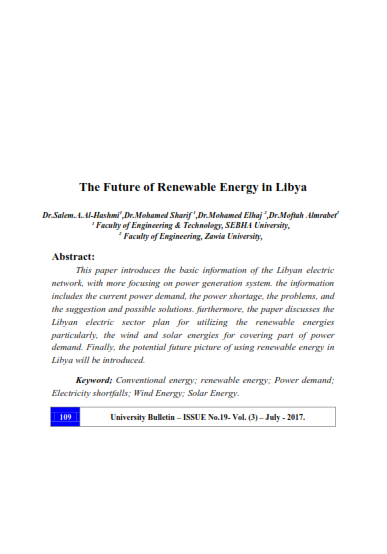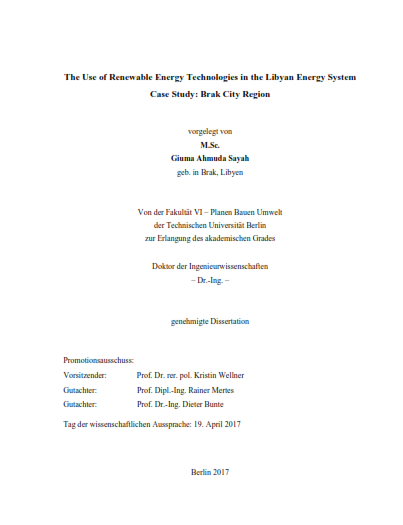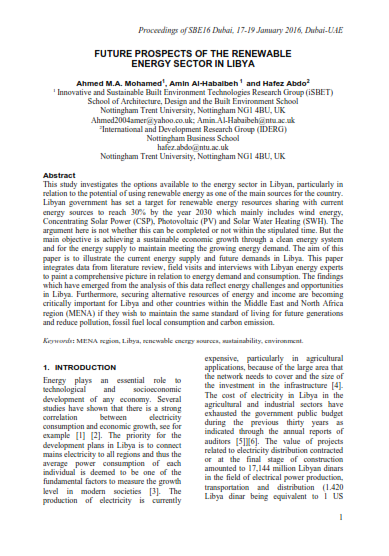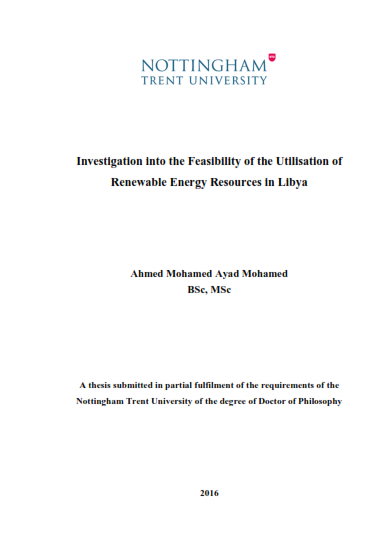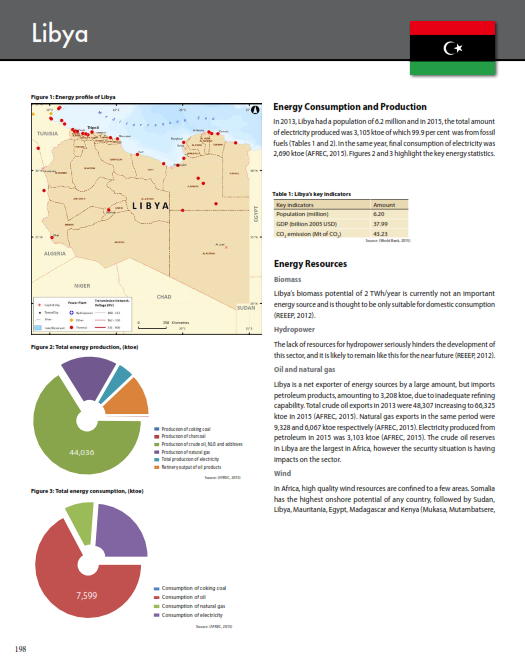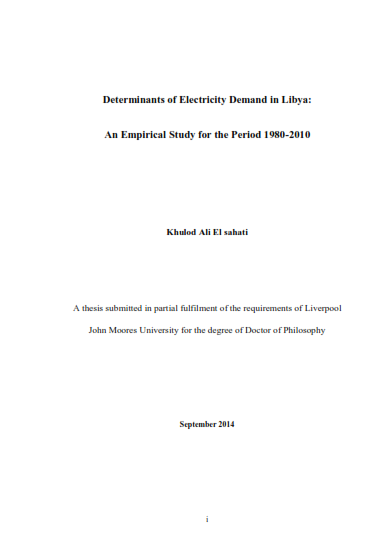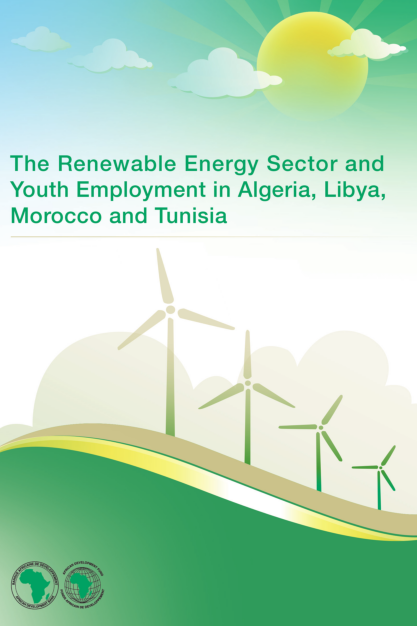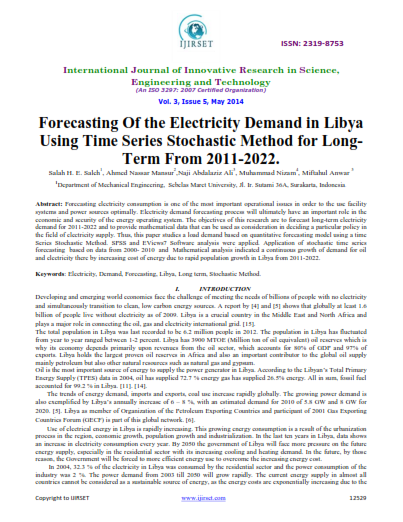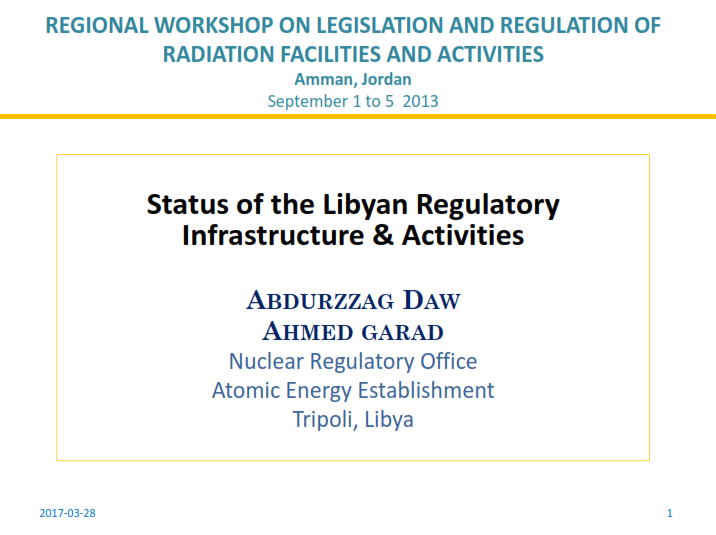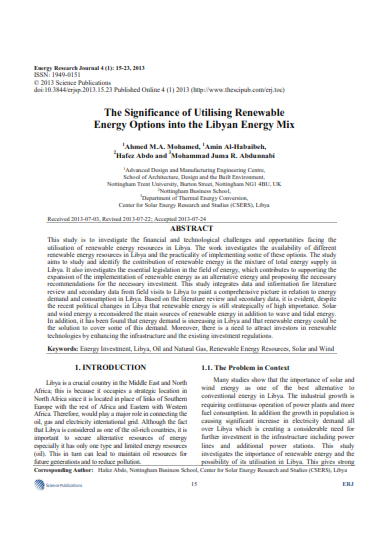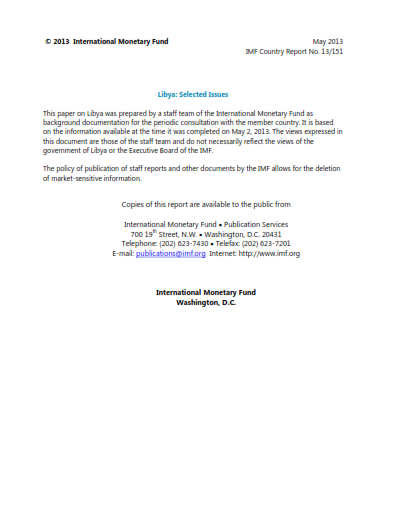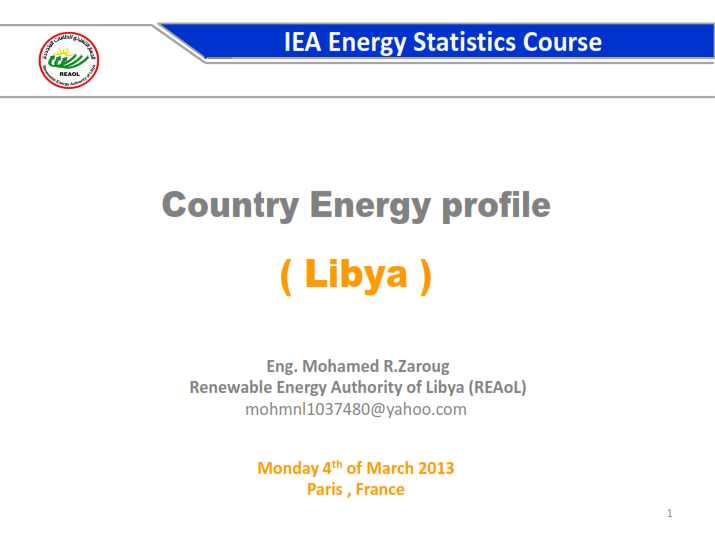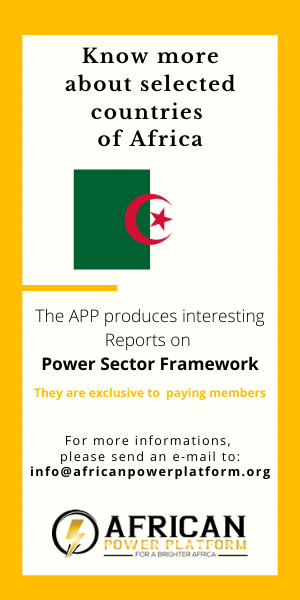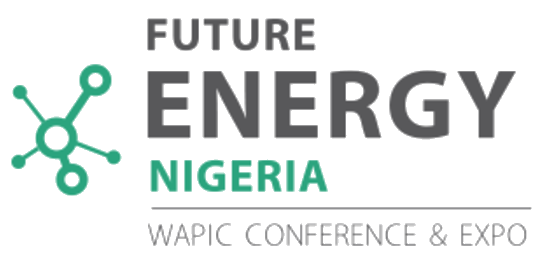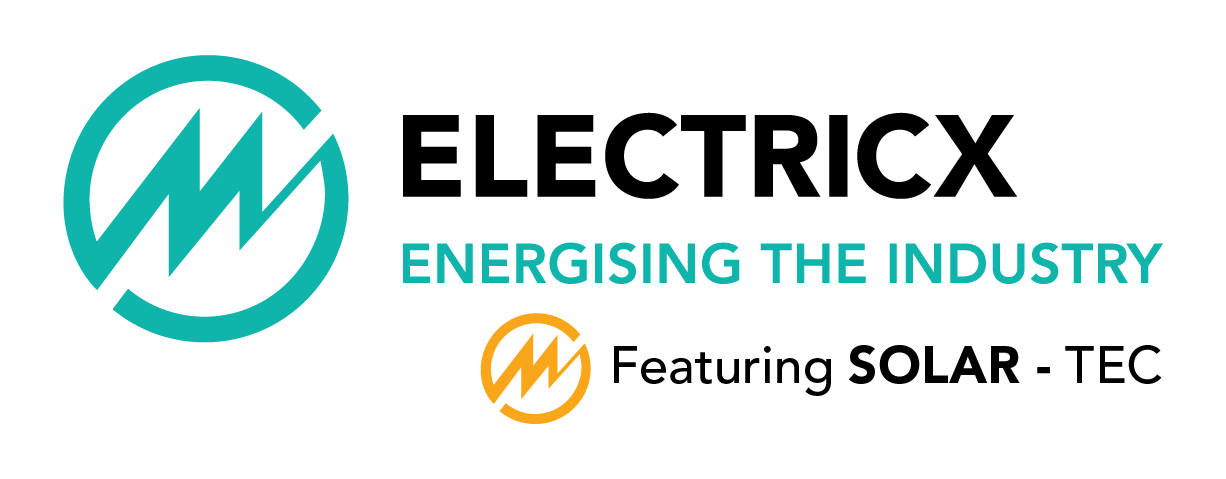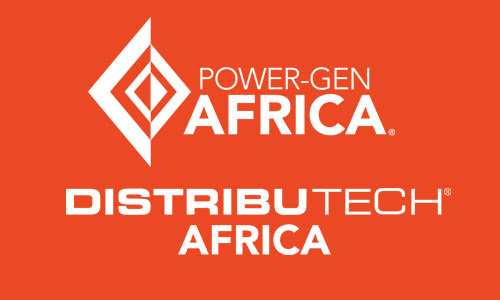Publication date: 2017, October
Author: IJSRP
Description: With increasing demand for energy and international payment to reduce carbon emissions from fossil fuels, Libya's solar conversion technologies are currently facing obstacles and cost-saving technologies for a complete energy system. This paper examines the most important sources of renewable energy in Libya, namely solar energy and through the solar energy data obtained from the solar energy research center in Tripoli Libya, that Libya is rich in solar So tremendously. The goal of this paper is Assess the monthly average of solar radiation and the duration of sunlight to study the distribution of radiation and duration Sun rays over the city of Tripoli in Libya.





